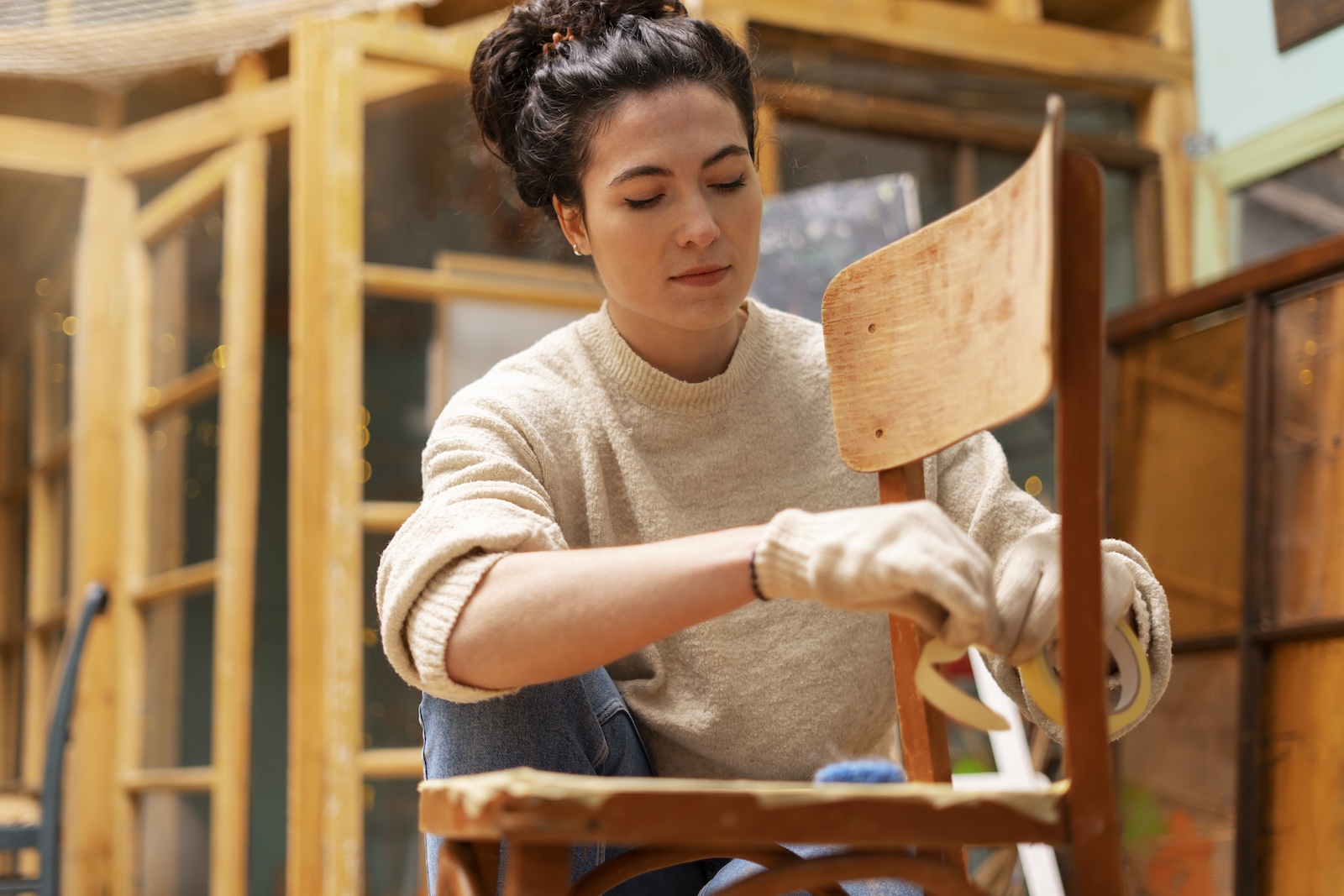
Essential sustainable furniture trends every design student should embrace for future projects

Essential sustainable furniture trends every design student should embrace for future projects
Sustainability is no longer just a buzzword; it's a crucial aspect of modern design. As a design student, incorporating sustainable practices into your projects not only helps the environment but also sets you apart in an ever-evolving industry. Here are some key sustainable furniture trends that every design student should embrace.
Eco-friendly materials
Using eco-friendly materials is a foundational principle of sustainable furniture design. When selecting materials, consider the environmental impact from sourcing to disposal.
- Reclaimed wood: Offers a rustic, unique aesthetic and reduces the need for new timber.
- Bamboo: Highly renewable due to its rapid growth cycle.
- Recycled metal and plastics: Help minimize waste and reduce the demand for new raw materials.
- Natural fibers: Consider materials like hemp, jute, or organic cotton for upholstery.
Multifunctional designs
Creating furniture that serves multiple purposes can reduce the need for additional pieces, thereby reducing material usage and waste.
- Convertible sofas and beds: Great for compact living spaces.
- Modular furniture: Allows for easy reconfiguration, adapting to different needs and spaces over time.
- Storage-integrated pieces: Maximize functionality without compromising aesthetics.
Ethical manufacturing practices
Understanding where and how your furniture is made is essential in sustainable design.
- Local production: Supports local economies and reduces transportation emissions.
- Fair labor practices: Ensure that the workers involved in furniture production are treated fairly.
- Transparency: Work with companies like Distro, which specialize in custom wood product manufacturing and distribution while adhering to ethical standards.

Durable and timeless designs
Creating furniture that is built to last not only reduces waste but also speaks to a timeless aesthetic that defies the fleeting nature of trends.
- Quality over quantity: Invest time in designing well-crafted pieces.
- Classic styles: Opt for designs that remain relevant across generations.
- Repairable designs: Consider how easy it is to repair or update a piece of furniture.
Circular design principles
The concept of a circular economy aims to design out waste and pollution while keeping products and materials in use.
- Recyclability: Design furniture that can be easily disassembled and recycled at the end of its lifecycle.
- Upcycling: Look for opportunities to transform old furniture into something new and valuable.
- Cradle-to-cradle: Adopt a holistic approach by considering the entire lifecycle of your design, from material sourcing to end-of-life disposal.
Leveraging technology
In today's digital age, technology can enhance sustainable design practices.
- Free AI furniture design generator: Use this tool to explore innovative and eco-friendly design solutions.
- Get a quote: Consult with experts to ensure your designs are feasible and sustainable.
- Contact us: Reach out for advice on sustainable materials and manufacturing practices.
- Explore capabilities: Discover what Distro can offer in terms of sustainable production methods.
By embracing these essential sustainable furniture trends, design students can not only create aesthetically pleasing and functional pieces but also contribute to a more environmentally responsible industry. Start incorporating these principles into your projects today and make a positive impact on the world of design.
For more insights and support on sustainable furniture design, don't hesitate to contact us or explore our capabilities.
Related Post: Streamlining Custom Wood Pieces for Interior Designers with Manufacturing as a Service


Ready to get started?
Request a quote so we can start making your products on demand.
Request a quote
Have questions? Contact us →


